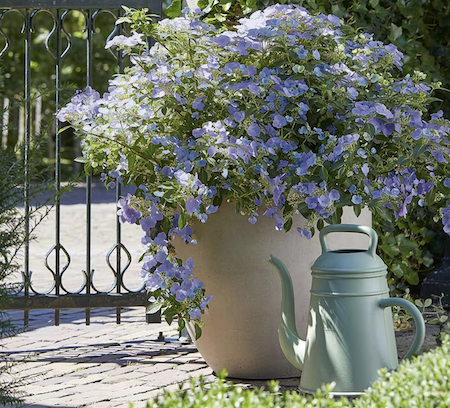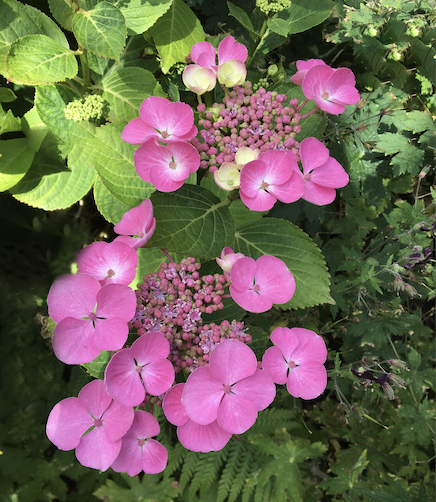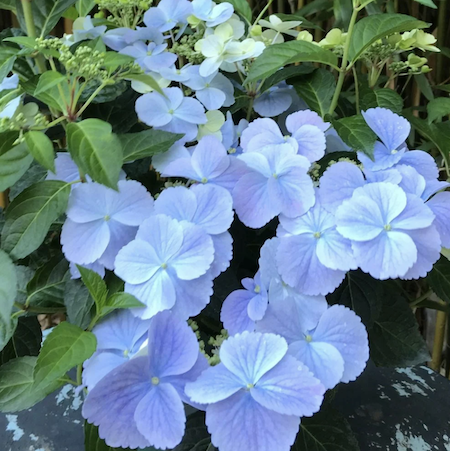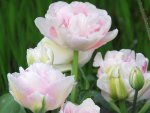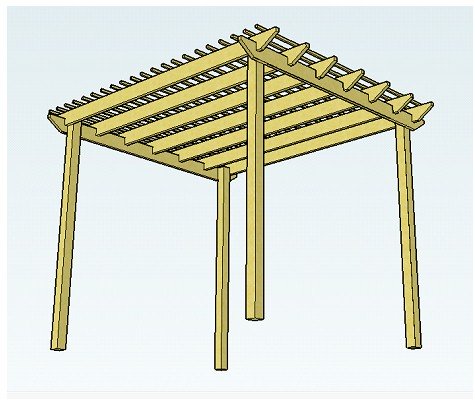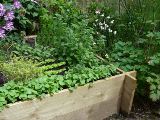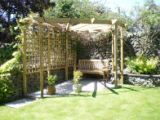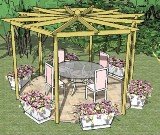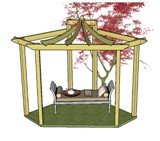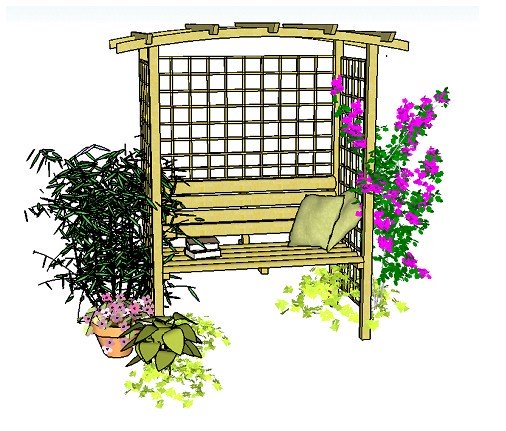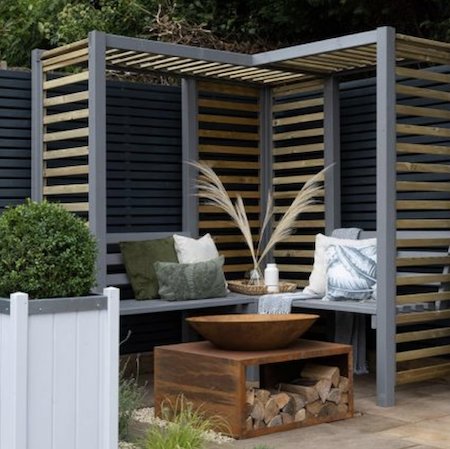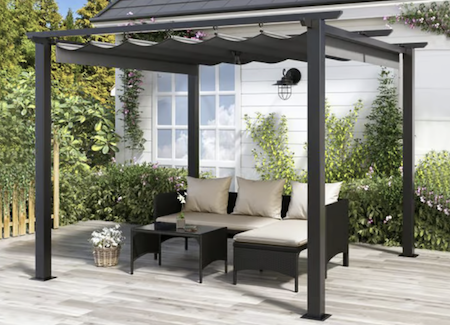Hydrangea Plants
Have you seen these spectacular hydrangea plants in garden centres, and been wary to take the plunge because some say they are 'tricky' and 'don't stay their original colour'? Well, as long as you know what you're doing, they're pretty straight forward really, and will create a real statement piece in your garden.
Hydrangeas, with those incredible, billowy blooms, seem to embody the essence of a tranquil garden. Whether nestled in a quaint patio corner in a gorgeous pot, proudly lining a pathway, or at the base of your pergola, these flowers captivate our attention with their vibrant hues and lush foliage.
Planting and caring for hydrangeas doesn't have to be difficult, so here are a few tips.
Choosing The Right Variety
First things first: selecting the right hydrangea variety sets the stage for success. Hydrangeas come in various types, each with its unique growing habits and bloom characteristics. The most common types include mophead (big, round blooms), lacecap (flat-topped blooms with tiny flowers in the center), panicle (cone-shaped blooms), and oakleaf (distinctive foliage resembling oak leaves).
Consider your climate and the space available when choosing a variety. Some hydrangeas thrive in full sun, while others prefer partial shade. Oakleaf hydrangeas, for instance, tolerate more sun than their counterparts. Also, take note of the soil pH, as it influences bloom color (more on that later!).
So, where to find this out. Explore the look of different varieties, find out about each one's specific planting, care and size requirements, which can, it must be said, vary considerably. This one, for example, is the 'paniculata' variety, with its dramatic cone shaped flowers, and they come in many different colours.
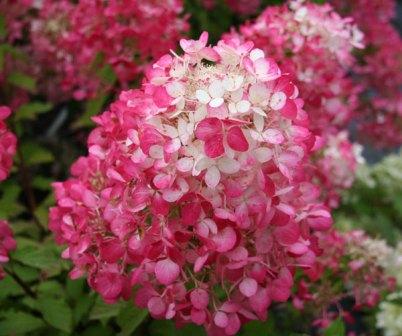
Planting Hydrangeas
Hydrangeas generally prefer well-drained soil enriched with organic matter. Before planting, prepare the soil by mixing in compost or peat moss to improve moisture retention and drainage. Dig a hole twice as wide as the root ball but no deeper than the plant’s current pot.
Gently remove the hydrangea from its container, being careful not to disturb the roots excessively. Place it in the hole, ensuring the top of the root ball is level with the soil surface. Backfill with soil and water thoroughly to settle the roots. If you'd like several together, space multiple hydrangeas according to their mature size (there is always a tendency to plant too close together), typically around 3 to 6 feet apart, depending on the variety.
Caring for Hydrangeas
For hydrangeas to flower beautifully, they need to be in moist yet well-drained soil, with a good amount of humus (that's soft bits of organic matter that feed your plants and keep the soil open-textured). You can buy composted manure and bagged compost, or make your own from leaves, kitchen and garden waste in a compost bin. They do appreciate consistent moisture, especially during hot weather. Mulch around the base of the plant in spring to help retain moisture and regulate soil temperature.
Mulch can be a variety of materials used to put on top of the soil around the plant or even all over the whole bed. Use chunky mulch like straw, hay, or fallen leaves, bark mulch, which can all suppress weeds and protect the soil from erosion and drying out, or leaf mold, compost, and manure-based soil conditioners.
Water deeply when the top inch of soil feels dry, but avoid water-logging, as this can lead to root rot. It's important not to let your plant dry out, especially when in pots. Semi-shade is far preferable to full sun.
Fertilise hydrangeas in early spring with a balanced fertiliser or one formulated specifically for acid-loving plants. Avoid high-nitrogen fertilizers, as they can encourage excessive foliage growth at the expense of blooms.
Pruning requirements vary by hydrangea type; generally, prune after flowering to remove dead or weak stems and shape the plant as desired. Leave the flower heads for a beautiful display during the winter; this also protects the plant and buds. Pruning can make all the difference to how well hydrangeas flower.
Prune macrophyllas in mid-spring, so that the old, dry flower heads protect the new buds during the winter, and paniculatas in early-spring before the delicate buds start to form.
All hydrangeas need weak, thin and crossed stems cutting out when pruning, as do most plants.
For macrophyllas, cut out a couple of the oldest stems to the base at this time, too. The other stems need to be cut back by about 1ft to a pair of fat buds, as these will produce the flowering shoots. This is an important point - macrophyllas flower on last year's growth. Cut last year's stems off and there will be no flowers.
Paniculatas, on the other hand, flower in late summer on this season's growth, so cut down to a low framework of about 1ft from the ground in the front border, or 2ft if the plant stands at the back.
All hydrangeas have an opposite leaf pattern, like that of the clematis in the picture below. Use a sharp pair of secateurs as close to the buds without damaging them. Damaged buds = no flowers.
You can find more detailed pruning information from the RHS, here.
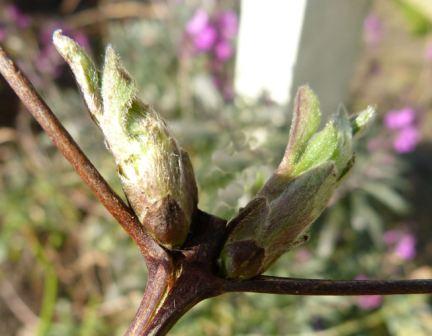
So whether you're planting in pots or in the border, prune carefully, feed the soil and keep it moist, and your hydrangea will reward you with a fabulous show!
Colour Control
Now, let's talk about the magic of hydrangea colours. The bloom colour of hydrangeas can vary widely depending on the variety and soil pH. Acidic soil (pH below 7) tends to produce blue or purple blooms, while alkaline soil (pH above 7) results in pink or red blooms. To influence colour, adjust the soil pH accordingly:
- For Blue or Purple Blooms: Acidify the soil by adding aluminum sulfate or elemental sulfur, or simply use a hydrangea feed.
- Use a blue colourant to turn the petals blue.
- For Pink or Red Blooms: Increase alkalinity with lime or garden lime.
For those who want to play with colour, it’s a fun experiment to adjust your soil pH and observe the results in subsequent bloom seasons. Remember, though, that changing the pH can take time, so be patient with your hydrangeas as they adjust.
Enjoying Your Hydrangea Plants
Ultimately, growing hydrangeas is as much about the journey as the destination. These versatile plants add a touch of stature and elegance to any garden landscape. Whether you prefer the classic blues and pinks or opt for something more exotic, nurturing hydrangeas rewards you with seasons of beautiful blooms and lush greenery.
So, pour yourself a cup of tea, wander out into your garden, take in the beauty of your hydrangea plants, and think of it as a job well done! With all your care and attention to detail, you’ll find these amazing flowers will thrive, bringing you joy year after year.
Advertising Links
This page may contain advertising links earning a small commission, at no extra cost to you. It is my hope these links will help you to make informed and creative choices.
Love Gardening! Ezine
Join the 'Love Gardening!' Ezine and receive garden and landscaping tips, exclusive voucher codes and updates to the website. More...
Recently Released
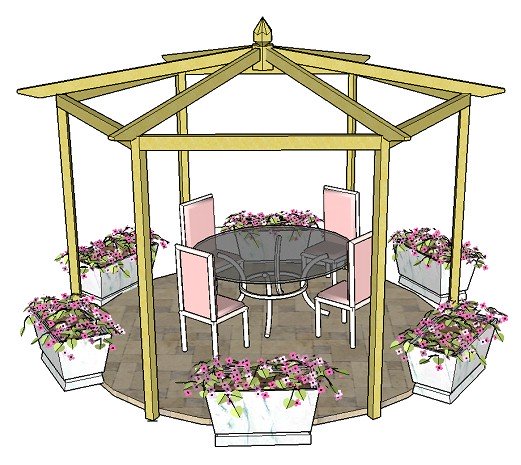
Pitched Roof Hexagonal Pergola
Other
Pergola Plans
Free Simple Pergola Plans
Attached Lean-to Pergola
Free Raised Bed Plans
Corner Pergola
Hexagonal Pergola
Asian Pergola
Seated Arbour
"The plans were great, very concise, easy to follow and I couldn't have managed without them!" T.
“Well done for a really useful site!” Mike.
Love the templates for the Rafter Tails! Using Design #5. Thanks so much." Laura.
"I love your website! Your entire site is incredible. I was able to get ideas for my pergola, which looks fantastic." Wayne.
Great service. Now all I have to do is build it! Martin.
"Your plans look amazingly comprehensive. I see you are intending putting the plans for the corner pergola on this fabulous site. Could you please tell me when the corner pergola plans will be available to purchase...yours is the nicest design I have seen!" Michelle.
Plants and Seed Offers
Pergola Kit and Accessories Offers
£340 off
£79!
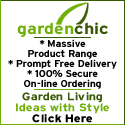
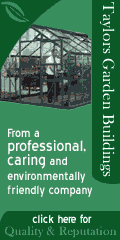
Sales & Offers
Beautiful 'Gainsborough' gazebo
Save £204!
See my 'Fantastic Offers' page for more bargains on pergola kits, tools and all things gardening!
